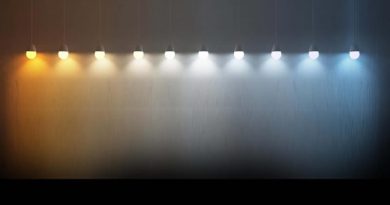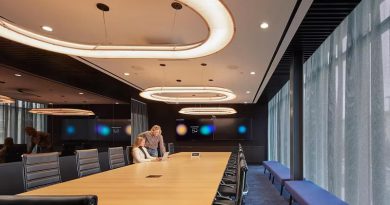Ensuring Sustainability in Lighting Design: Illuminating a Greener Future
In the ever-evolving world of lighting design, sustainability has emerged as a pivotal focus. As our environmental consciousness grows, so does the need to incorporate eco-friendly practices into every aspect of our lives. Lighting design, with its significant energy consumption and environmental impact, plays a crucial role in shaping a sustainable future. In this article, we explore the various strategies and approaches that enable sustainability in lighting design, shedding light on the path to a greener and more environmentally conscious approach.
Designing with Energy Efficiency in Mind
One of the primary considerations for sustainable lighting design is energy efficiency. By utilizing energy-efficient lighting technologies, such as Light Emitting Diodes (LEDs), designers can significantly reduce energy consumption and minimize the carbon footprint associated with lighting systems. LEDs are known for their high efficiency, longevity, and versatility, making them an ideal choice for sustainable lighting solutions. By selecting fixtures with high luminous efficacy and implementing lighting controls, such as dimming and occupancy sensors, energy usage can be further optimized.
Maximizing Natural Light
Integrating natural light into architectural design is a fundamental principle of sustainable lighting. Daylight, abundant and free, not only reduces the need for artificial lighting but also offers numerous health and well-being benefits. Designing spaces with ample windows, skylights, and lightwells allows for the penetration of natural light, creating visually appealing environments that positively impact occupants. Furthermore, incorporating daylight-responsive controls and automated shading systems ensures that natural light is maximized while minimizing potential glare and excessive heat gain.
Lifecycle Assessment and Material Selection
A holistic approach to sustainability in lighting design involves considering the entire lifecycle of lighting products. From manufacturing to disposal, each stage presents an opportunity to minimize environmental impact. Conducting lifecycle assessments helps identify areas for improvement and promotes the selection of materials with lower embodied energy and reduced toxicity. Opting for recyclable and responsibly sourced materials, as well as prioritizing products with longer lifespans and ease of maintenance, contributes to a more sustainable lighting ecosystem.
Light Pollution Mitigation
Sustainable lighting design extends beyond energy efficiency and encompasses the reduction of light pollution. Excessive and poorly directed outdoor lighting can disrupt ecosystems, affect wildlife behavior, and contribute to unnecessary energy waste. By employing appropriate shielding, selecting low-glare luminaires, and implementing smart lighting controls that minimize light spill and unnecessary illumination, designers can help mitigate light pollution and create nighttime environments that are harmonious with the natural world.
Community Engagement and Education
Fostering sustainability in lighting design requires community engagement and education. Architects, designers, and lighting professionals play a vital role in raising awareness about the importance of sustainable lighting practices. By advocating for energy-efficient lighting design, sharing knowledge about the benefits of natural light, and encouraging responsible lighting behaviors, we can create a collective movement towards a greener future. Collaboration with stakeholders, including building owners, occupants, and regulatory bodies, helps drive sustainable lighting initiatives and ensures their long-term success.
Conclusion
Sustainability in lighting design is a multifaceted endeavor that encompasses energy efficiency, natural light integration, material selection, light pollution mitigation, and community engagement. By embracing these principles, we can illuminate a greener future, where lighting systems harmonize with the environment, optimize energy usage, and enhance the well-being of occupants. Let us embrace the transformative power of sustainable lighting design and collectively work towards a more sustainable and environmentally conscious future.
Remember, the choices we make today will light the way for generations to come!




